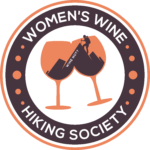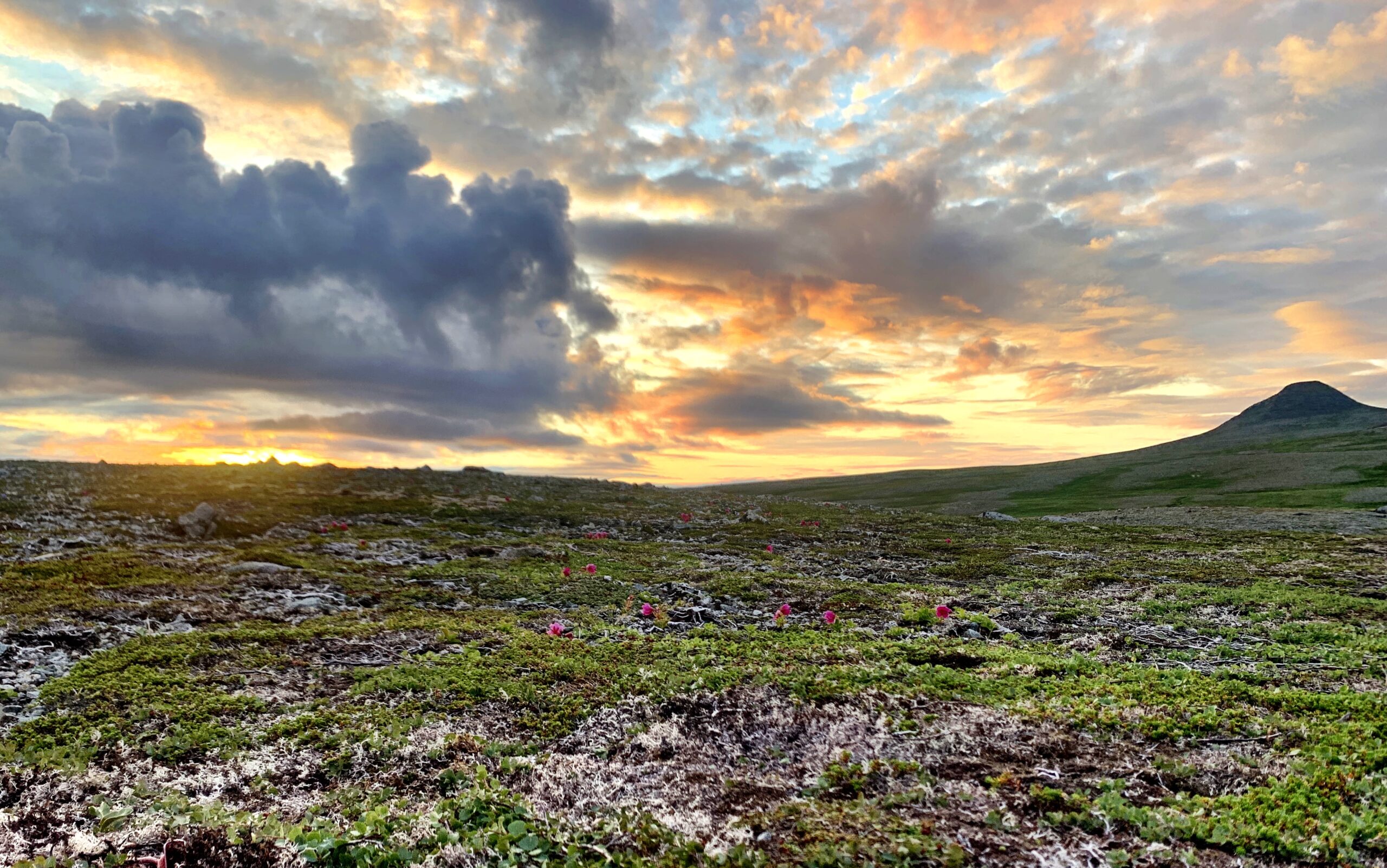I’ve always believed that hiking is more than movement. For me, it’s a form of connection and healing. Whether it’s spiritual, emotional, or physical, every trail I walk, every landscape I pass through, and every culture I encounter teaches me something new.
Growing up as one of eight kids in a big family, camping was the only kind of vacation we could afford. We slept on the ground in tents, bathed in rivers, cooked over open fires, and caught our own food. That simplicity—being connected to nature, to each other, and to the moment—shaped who I am.
In my early twenties, newly married with children, I carried that same love of the outdoors into the next chapter of my life. I explored every inch of Utah in every way imaginable, from rock climbing to canyoneering, from four-wheeling to mountain biking. I wandered deep into desert slot canyons and climbed high into alpine terrain. But it wasn’t until I realized that some places can only truly be experienced on foot that my hiking journey really began.
There’s something sacred about walking, about slowing down, noticing, and allowing yourself to be transformed by the land beneath your boots. Today, I travel the world to hike not just for the views, but to learn about landscapes, about cultures, and about myself.
Miles, Mountains, and Now What?
By early 2021, I had been logging between 800 and 1,000 miles a year on foot for several years. I’d summited most of Utah’s 11,000-foot peaks, backpacked countless trails in the Uintas, rappelled and hiked through the Colorado Plateau’s narrow slot canyons, and trekked across nearly every western state from California to Colorado. I had climbed Mount Whitney, the highest peak in the lower 48, in a single day and stood at the observatory atop Mauna Kea, a dormant volcano in Hawaii that’s technically the tallest mountain in the world when measured from base to summit.
And yet, I still found myself wondering: “What’s next?”
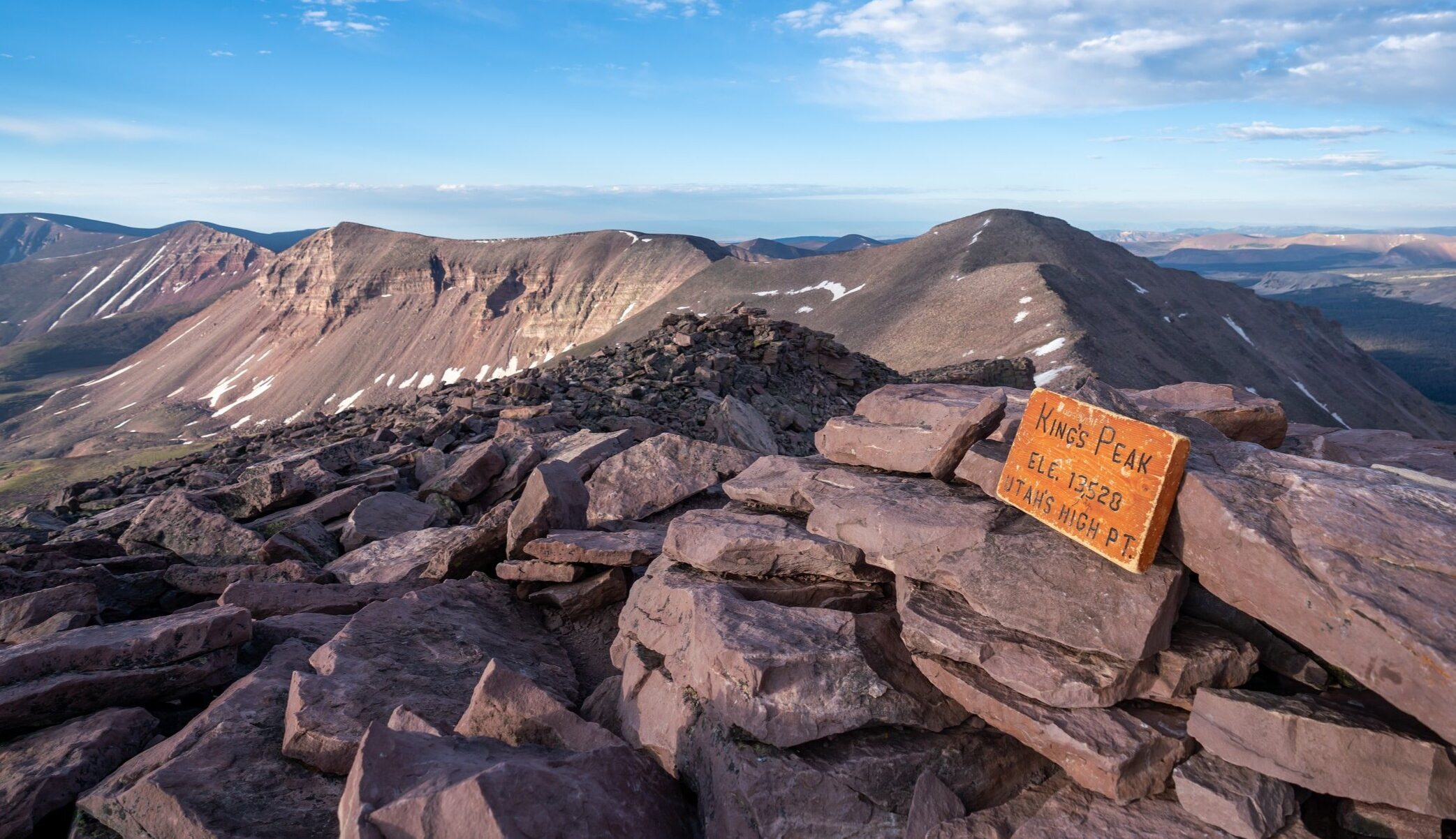
Alaska: The Last Frontier
To me, Alaska is a land still forming, shaped by time, ice, and fire, where glaciers carve deep valleys, mountains rise violently from the sea, and nature feels raw, untamed, and sacred. It was the next obvious step, yet nothing about it felt predictable.
This was where I would go to feel small again. To be reminded that the earth is still in motion and that I am too.
Getting to Anchorage or Fairbanks is easy, sometimes even accessible on a direct flight. But getting into the Alaskan outback? That’s a different story. It takes jet planes, bush planes, and float planes, each one taking you further from the familiar and deeper into the wild.
Just the transportation alone felt overwhelming. But with the help of a guide service, we finally reached our starting point after three flights: a commercial jet into Anchorage, a bush plane to Port Alsworth near the shores of Lake Clark, and one final flight—a floatplane landing us on a remote glacial lake deep in the heart of Katmai National Park.
No roads. No cell service. No trails. Just the midnight sun of July, the quiet lap of the lake, and the electric awareness that we were now in true bear country, home to dozens of massive coastal grizzlies, known here as brown bears.
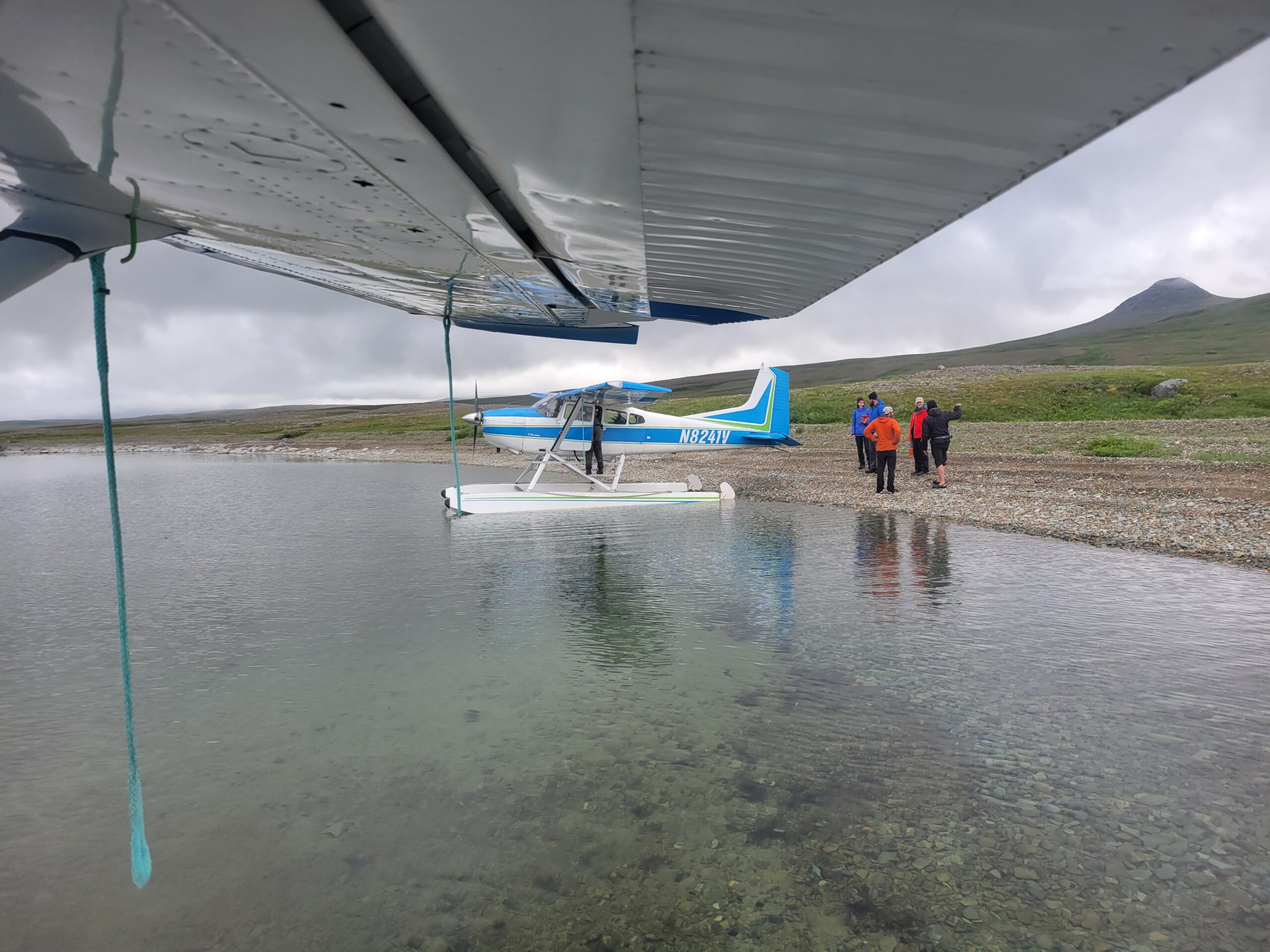
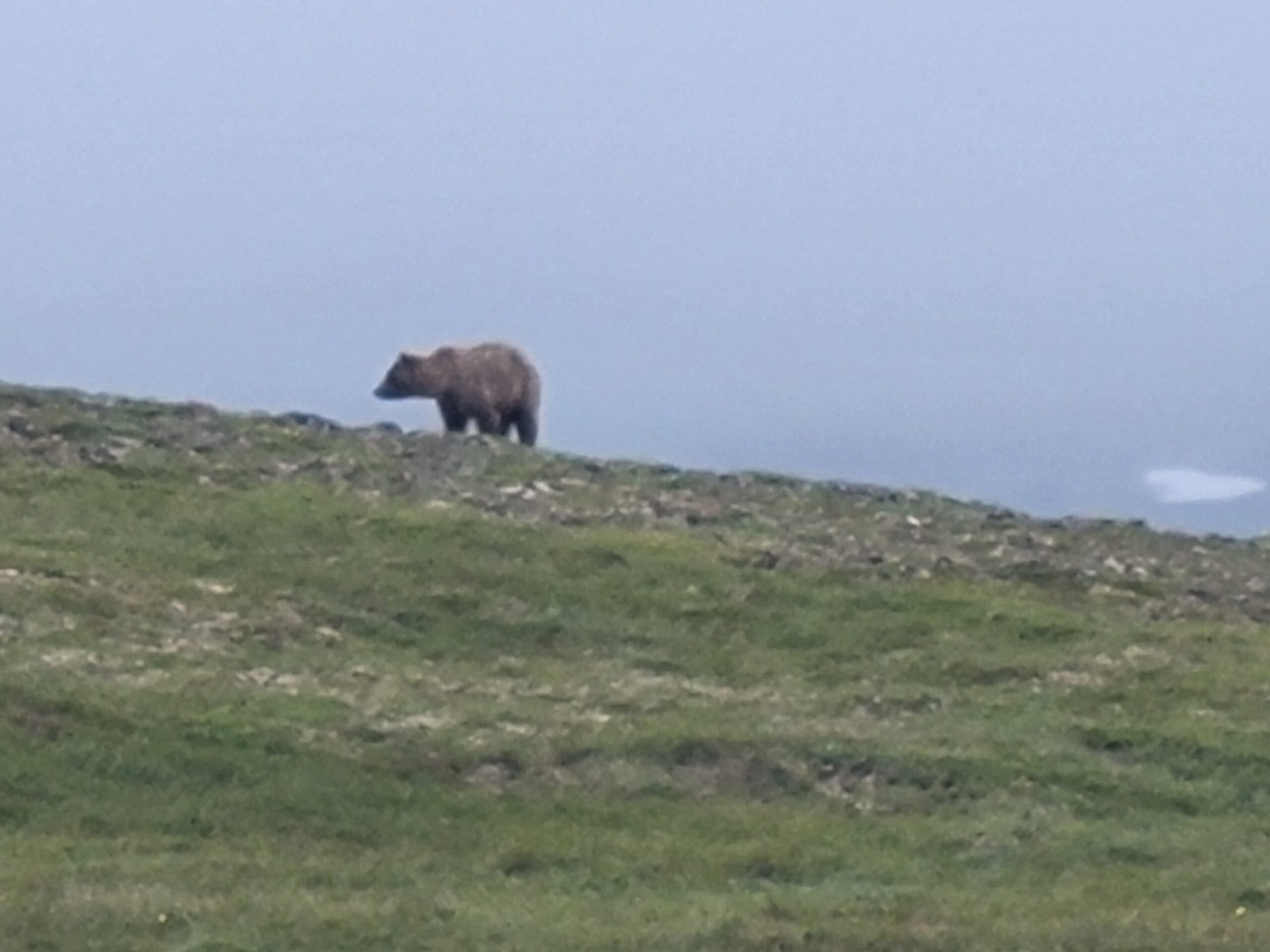
Trekking Katmai
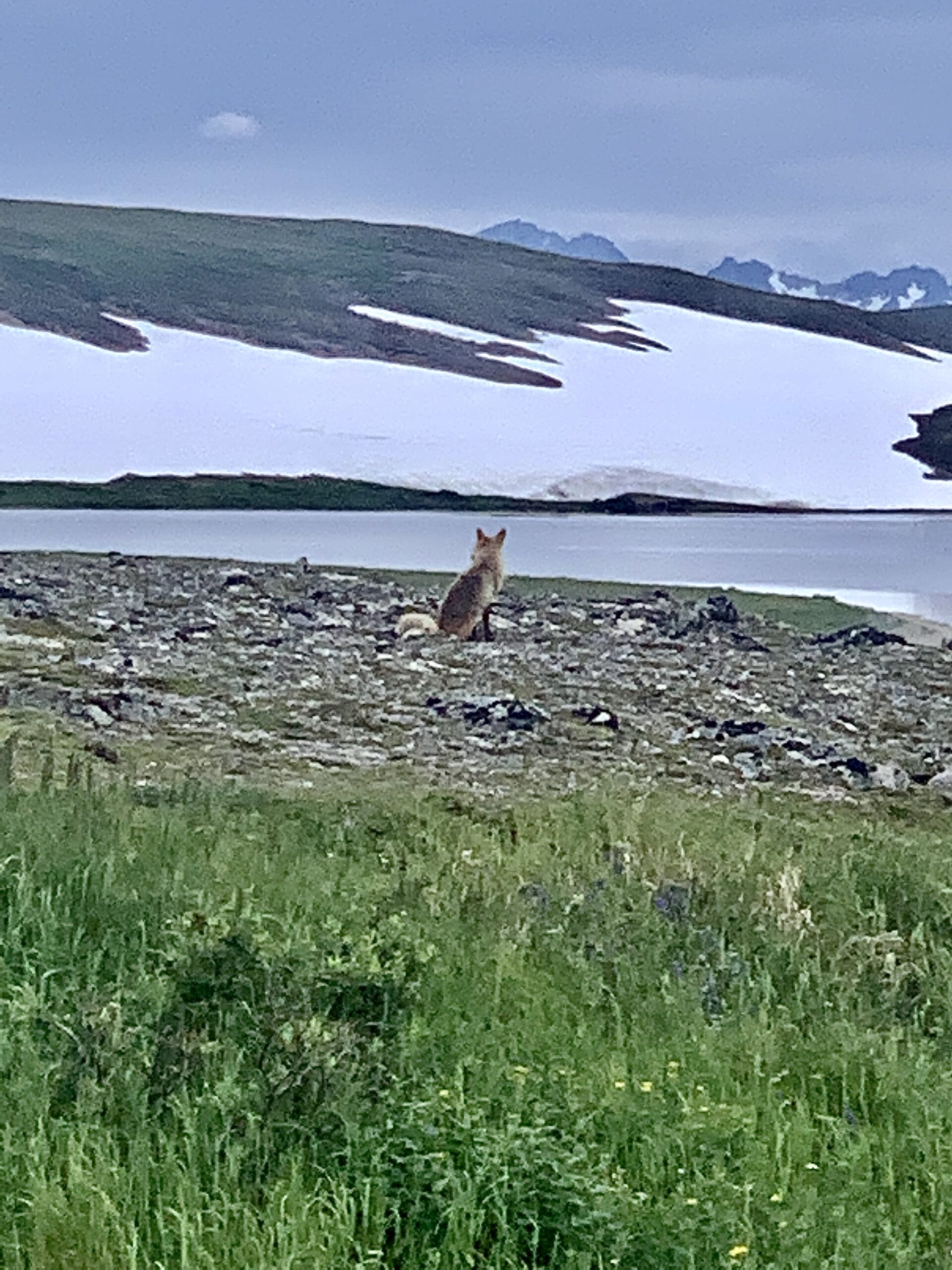
We spent six days and five nights trekking across Katmai, carrying 45–50-pound packs (well over the recommended weight, but worth every ounce) for an unforgettable experience in one of the most remote and raw landscapes on Earth.
What we found out there wasn’t just wilderness—it was wildlife, friendship, serenity, and something close to sacred. For over 30 miles, we crossed untouched tundra and untamed terrain in the heart of the Alaskan outback, surrounded by nothing but silence, wild beauty, and the rhythm of our own steps.
We saw dozens of brown bears, caribou, foxes, bald eagles, and many other tundra animals. We traversed glacial tundra covered in thousands of species of plants, crossed snow bridges, awed at the sight of so many glacial waterfalls, and marveled at landscapes so vast and beautiful, they felt almost imagined.
Fuel for the Fire
Boy, did I add fuel to the fire! After completing the incredible journey in one tiny corner of Alaska, I felt invincible and lit up from the inside out. I had a small case of post-trail sadness, but mostly, I felt ALIVE.
I was ready to see the world, be it one trail, one culture, one wild place at a time.
Adventure is the outer layer of this journey. It’s the cliffs and forests, the misty peaks, and quiet sunrises. But beneath that layer is something even richer—the stories, traditions, and people rooted in the places I visit.
Hiking gives me a reason to slow down, to listen, and to learn in a way that’s grounded and real. That’s why I travel the world to hike: not just for the beauty of the places, but for the deep, often unexpected lessons that unfold with every step connecting me to the earth and grounding me to this amazing planet.
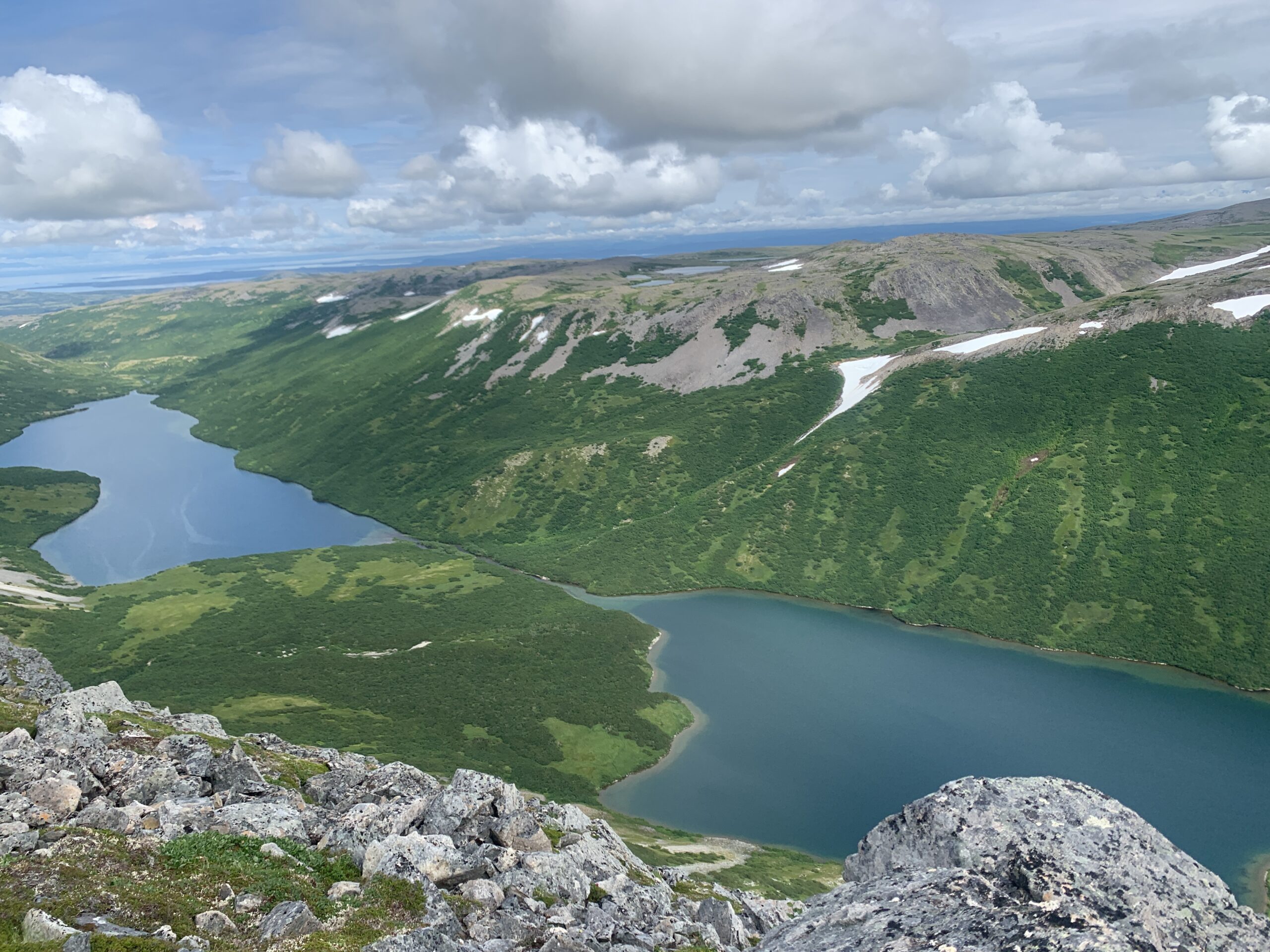
Thanks for taking the time to walk with me. Life is best experienced at a hiking pace. But, planning hiking travel isn’t always pretty. It means months of preparation. Booking permits, choosing the right gear, figuring out weather windows and logistics. Add flights, backcountry reservations, fitness prep, and budgeting, and it can feel overwhelming.
The best thing I ever did was to get help. Listed below are some of the resources I used for my Alaska trip.
- Backpacking Katmai Peninsula and Lake Clark National Park
- Lake and Peninsula Airlines – Alaska
- Alaska Travel Industry Association
I have dozens more insightful tips and tricks and would love to chat anytime. Post your questions below!
